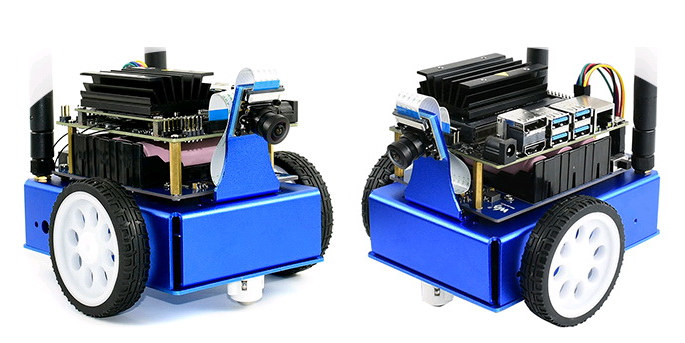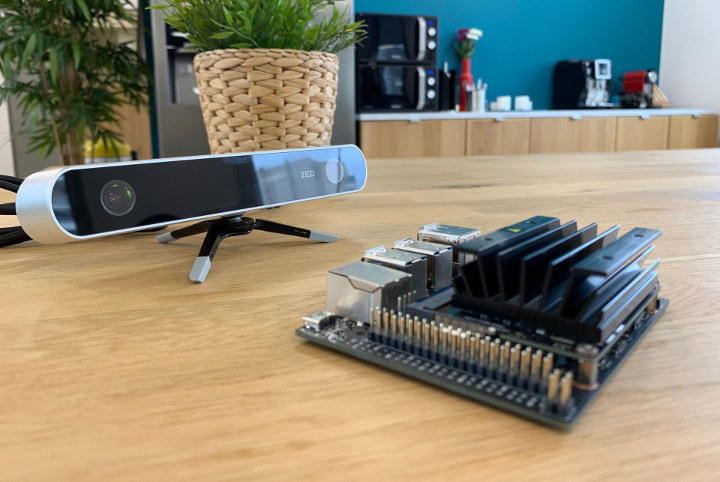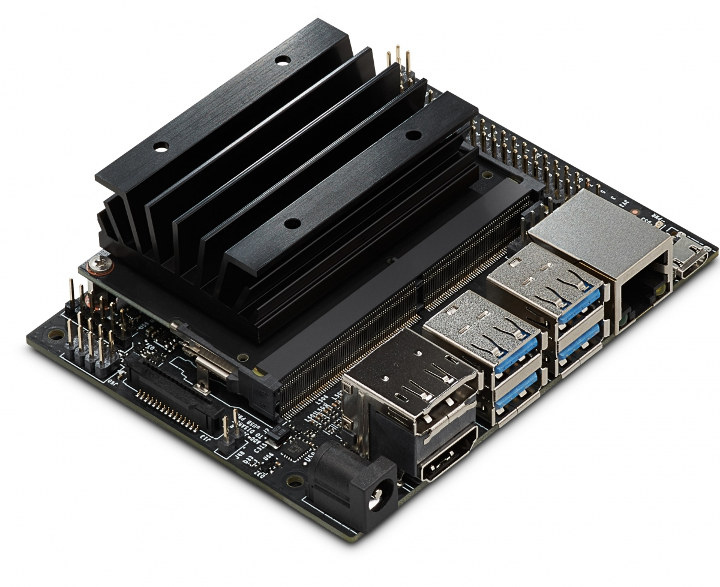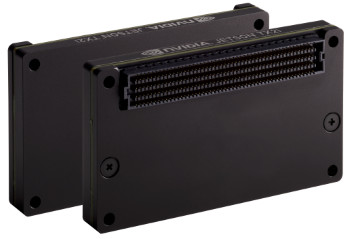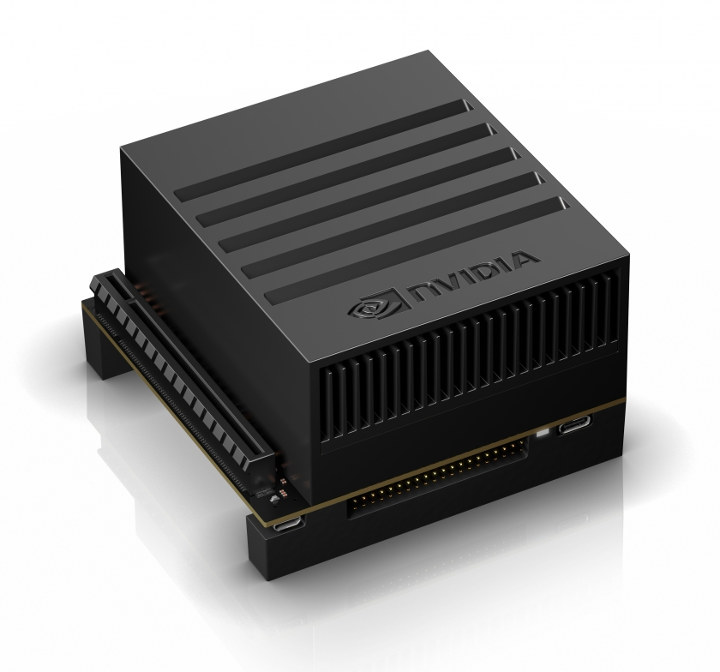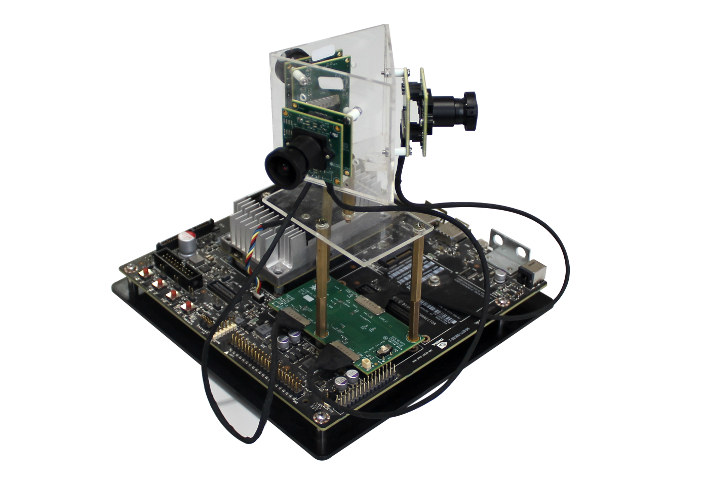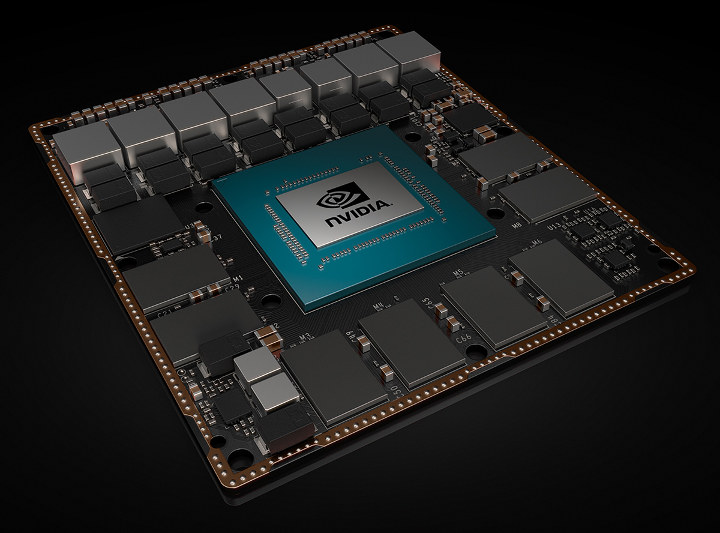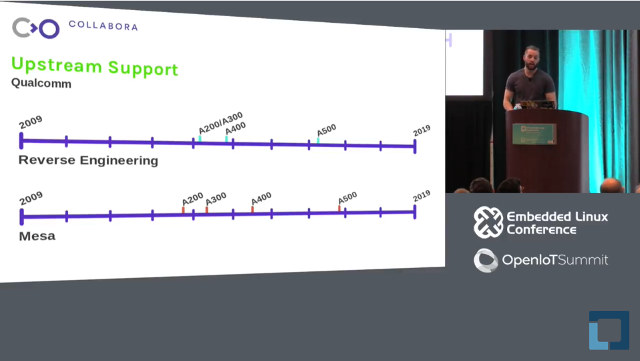NVIDIA Jetson Nano developer kit was launched for $99 last March with impressive specifications for the price including one module with four Arm Cortex-A57 cores, a 128-core Maxwell GPU, and 4GB LPDDR4 RAM. The company also introduced Jetbot robot based on the new board, with all instructions available on Github, but until now you had to put some efforts to build it up as the fairly long list of parts had to be purchased or 3D printed separately. It’s now become easier, as Waveshare has started selling their Jetbot AI kit on Amazon for $122.99 without Jetson Nano, and $259.99 with, meaning you may be better off purchasing NVIDIA board separately for around $100, or you may purchase the complete kit directly on Waveshare website for $215.99 plus shipping, or $99.99 without the SBC. Jetbot AI kit content: Optional NVIDIA Jetson Nano SBC 64GB micro SD Card Metal box Camera […]
ZED Depth and Motion Tracking Camera Supports NVIDIA Jetson Nano Board
When NVIDIA launched their low cost Jetson Nano development board earlier this week, one reader asked whether it would support binocular depth mapping. It turns out Stereo Labs has updated the SDK (Software Development Kit) for the ZED depth and motion tracking camera in order to support the latest NVIDIA developer kit. Jetson Nano can manage depth and positional tracking at 30 fps in PERFORMANCE mode with 720p resolution, and while the more powerful and expensive Jetson TX2 achieves doubles the performance at 60 fps, it does so at a much higher cost. ZED depth and motion tracking camera specifications: Video 2.2K @ 15 fps (4416×1242 resolution) 1080p @ 30 fps (3840×1080 resolution) 720p @ 60 fps (2560×720 resolution) WVGA @ 100 fps (1344×376 resolution) Depth Resolution – Same as selected video resolution Range – 0.5 to 20 m Format – 32-bits Stereo Baseline – 120 mm Motion 6-axis Pose […]
NVIDIA Introduces $99 Jetson Nano Developer Kit
NVIDIA Tegra X1 octa-core Arm processor with a 256-core Maxwell GPU was introduced in 2015. The processor powers the popular NVIDIA Shield Android TV box, and is found in Jetson TX1 development board which still costs $500 and is approaching end-of-life. The company has now introduced a much cheaper board with Jetson Nano Developer Kit offered for just $99. It’s not exactly powered by Tegra X1 however, but instead what appears to be a cost-down version of the processor with four Arm Cortex-A57 cores clocked at 1.43 GHz and a 128-core Maxwell GPU. Jetson Nano developer kit specifications: Jetson Nano CPU Module 128-core Maxwell GPU Quad-core Arm A57 processor @ 1.43 GHz System Memory – 4GB 64-bit LPDDR4 @ 25.6 GB/s Storage – microSD card slot (devkit) or 16GB eMMC flash (production) Video Encode – 4K @ 30 | 4x 1080p @ 30 | 9x 720p @ 30 (H.264/H.265) Video […]
NVIDIA Jetson TX2i Module is Designed for Industrial Environments
NVIDIA Jetson TX2 “Artificial Intelligence Computer” module was announced in March 2017 with a Tegra X2 hexa-core processor, a 256-core Pascal GPU, 8GB RAM, 32GB storage, and support for 4K 60 fps encoding and decoding. But it turns out NVIDIA announced an rugged version of the module dubbed Jetson TX2i designed for reliable operation in harsh industrial environments in March of this year. NVIDIA Jetson TX2 and TX2i are pin-to-pin compatible, and can run the same software, but TX2i has been designed and tested for rougher conditions. Feature Jetson TX2 Jetson TX2i Shock 140G, 2ms 140G, 2ms Vibration 10Hz ~200Hz, 1g & 2g RMS Random: 5g RMS 10 to 500Hz Sinusoidal: 5g RMS 10 to 500Hz Temp Range -25°C – 80°C -40°C – 85°C Humidity 85°C / 85% RH, 168 hours -10°C to 65°C / 95% RH, 240 hours Operating Life 5 Years (GB at 35C: MTBF=1,747,520 hours GF at […]
A Closer Look at NVIDIA Jetson Xavier Developer Kit (Video)
NVIDIA unveiled Jetson Xavier module and devkit last month, but the company did not release the full information, and for example we did not get any clear photo of the module and kit. Charbax did shot a video with more details at the time, but NVIDIA has now published more information about their upcoming $1,299 Jetson Xavier Developer Kit, including an introduction video which I’ll embed at the end of this article. The first thing to understand is that the module is not actually used in the developer kit, and will only used in actual mass-produced products. The main difference is the thermal solition. The development kit including a large heatsink, while the production module has a thermally conductive plate to let product designer select the most suitable thermal solution for their products. The specifications are still basically the same. For Jetson Xavier (production) module: SoC – NVIDIA Jetson Xavier […]
e-con Systems Introduces a 4K Multi-Camera System for NVIDIA Jetson TX1/TX2 Boards
Last year, e-con Systems launched a 360° Camera Kit for NVIDIA Jetson TX1/TX2 boards that featured 6 cameras capable of recording or streaming 1080p30 each in real-time. The company is now back with a multi-camera system with “only” three cameras, but each can handle uncompressed video up to 4K UHD resolution at 30 fps. Meet e-CAM130_TRICUTX2 kit. Specification for the 4K Multi-camera system: Camera Modules – 3x e-CAM137_CUMI1335_MOD 13.0 MP Camera Module with S-mount lens holder Resolutions & frame rates (YUV422) VGA up to 30 fps (sync), up to 100 fps (async) HD (720p) up to 30 fps (sync), up to 72 fps (async) Full HD (1080p) up to 30 fps (sync), up to 72 fps (async) 4K up to 30 fps 13MP (4192 x 3120) up to 19 fps (async mode only) Baseboard with: 4-lane MIPI CSI-2 interface to connect with the CPU On board PWM generator circuit and external […]
NVIDIA Introduces Jetson Xavier Devkit and Isaac Robotics Software
NVIDIA Xavier was first unveiled in September 2016 as an artificial intelligence SoC with eight NVIDIA Custom 64-bit Arm cores, a 512-core Volta GPU, 8K video encoding and decoding, and a computer vision accelerator (CVA) now called NVDLA (NVIDIA Deep Learning Accelerator). Earlier this year, the company announced Xavier was sampling, and DRIVE IX & DRIVE AR SDKs for the automotive market. On the eve of Computer 2018, NVIDIA has introduced Jetson Xavier development kit, as well as Isaac robotics software for autonomous machines. Jetson Xavier key specifications: SoC – NVIDIA Xavier with 8-core ARMv8.2 64-bit CPU, 8MB L2 + 4MB L3 512-core Volta GPU with Tensor Cores 2x NVDLA engines for deep learning 7-way VLIW Processor for vision acceleration VPU with dual 4Kp60 video decoding and encoding System Memory – 16GB 256-bit LPDDR4x | 137 GB/s Storage – 32GB eMMC 5.1 flash Display – 3x eDP/DP/HDMI at 4Kp60 | […]
Status of Embedded GPU Ecosystem – Linux/Mesa Upstream Support (ELC 2018 Video)
The Embedded Linux Confernce is on-going, and the Linux Foundation has been uploading videos about talks in a timely manner on YouTube. I checked out at RISC-V keynote yesterday, but today I’ve watched a talk by Robert Foss (his real name, not related to FOSS) from Collabora entitled “Progress in the Embedded GPU Ecosystem”, where he discusses open source software support in Linux/Mesa from companies and reverse-engineering support. The first part deals with the history of embedded GPU support, especially when it comes to company support. Intel was the first and offers very good support for their drivers, following by AMD who also is a good citizen. NVIDIA has the Nouveau driver but they did not really backed it up, and Tegra support is apparently sponsored by an aircraft supplier. Other companies have been slower to help, but Qualcomm has made progress since 2015 and now support all their hardware, […]


